Description
WWI 96th Aero Squadron PVC Patch – With Hook and Loop
Enjoy this WWI 96th Aero Squadron Tribute PVC Patch that will be the perfect patch to display or wear! This reproduction patch will look great in a shadow box, flight suit or jacket.
- 4″
- Hook and Loop/PVC
- US Veteran Aviator Owned Business
The 96th Aero Squadron was an Air Service, United States Army unit that fought on the Western Front during World War I.
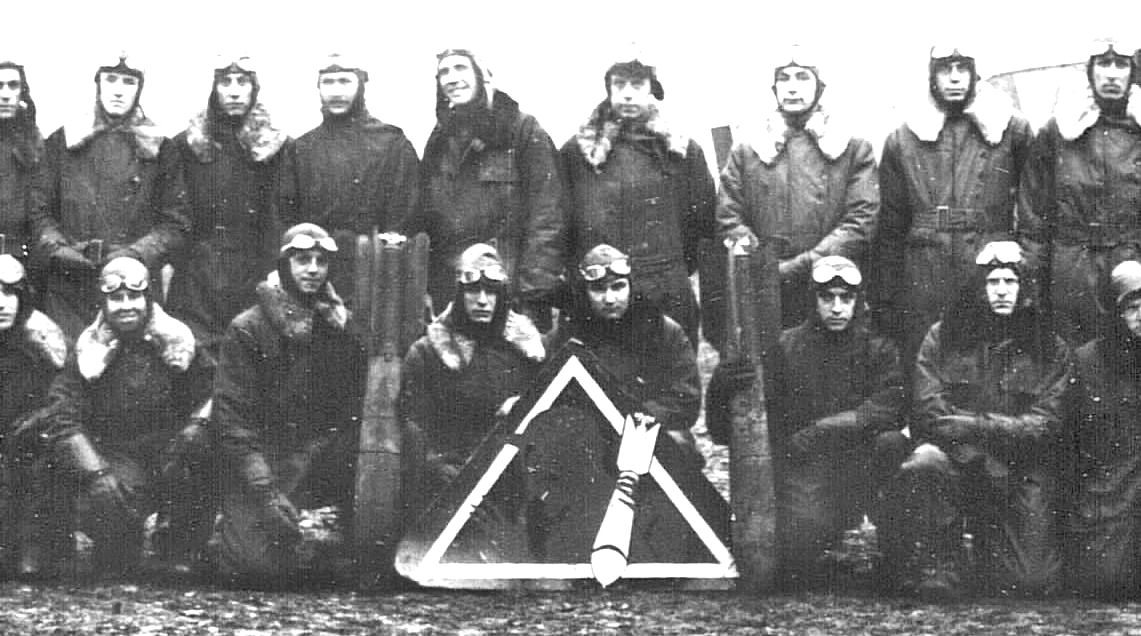
The 96th Bomb Squadron, assigned to the 2d Operations Group, Barksdale Air Force Base, Louisiana, is the squadron’s descendant United States Air Force unit, which has inherited its lineage and honors.[1]
History
Formation and training
The 96th Bomb Squadron began in August 1917 at Kelly Field, Texas, as the 96th Aero Squadron. Like most other units being formed by the Air Service in summer 1917, the men of the unit had no definite conception of what lay in store, whether it would be among the units deployed to France for combat, or be used in the United States for other duties. It consisted of 80 men, largely college graduates or college dropouts, volunteers all, and something of an elite group, since their aeronautical qualifications were the highest in the U.S. Army Air Service.[3]
At Kelly Field, the squadron was thoroughly drilled every day in the lessons of soldiering, and given considerable fatigue duty to indoctrinate the men into Army service. The squadron was threatened by a severe attack of ptomaine poisoning, which put half of the personnel in the hospital, but which did not result in any deaths. On 9 October, the squadron was ordered to the Aviation Concentration and Supply Depot at Mineola, New York, to be outfitted for overseas duty.[3]
The squadron was allowed to embark on 27 October at New York Harbor pier 61 on the former White Star Liner RMS Adriatic. After an uneventful trans-Atlantic voyage, it arrived in Liverpool, England, on 10 November. After disembarking, the squadron was marched from the docks to the Liverpool railway station where it boarded a London and North Western Railway train which took them to Winchester, Hampshire, near the south coast of England. Arriving in the late afternoon the squadron was moved to the Romsey Rest Camp. Initially the squadron was ordered for six months’ training in England under the tutelage of the Royal Flying Corps; however, a change in orders caused immediate departure for France. Moved to Southampton, the squadron embarked on a cross-channel ferry to Le Havre, Upper Normandy, France. From there it was moved to the 7th Aviation Instruction Center, Aulnat Aerodrome, Clermont-Ferrand, where it arrived on 16 November 1917.[3]
As a pioneer squadron in the new school of bombardment instruction, the 96th was given complete control of the hangars, transportation and armament, and assisted in organizing the systems of management still in force. The mechanics of the squadron acquired a complete knowledge of the Breguet 14B.2 day bombardment plane and of the Renault motor, by daily visits to the nearby Michelin factory where the planes were made. The experience thus gained by assisting in the construction of the planes, and assembling the Renault motors in the factory, proved of immense value when the squadron was sent to the Zone of Advance. On 18 May 1918 ten bombing teams (A Pilot and Observer) were assigned to the squadron to fly the planes to the combat front.[3]
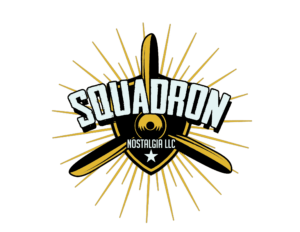
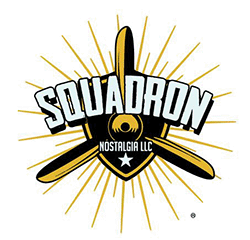
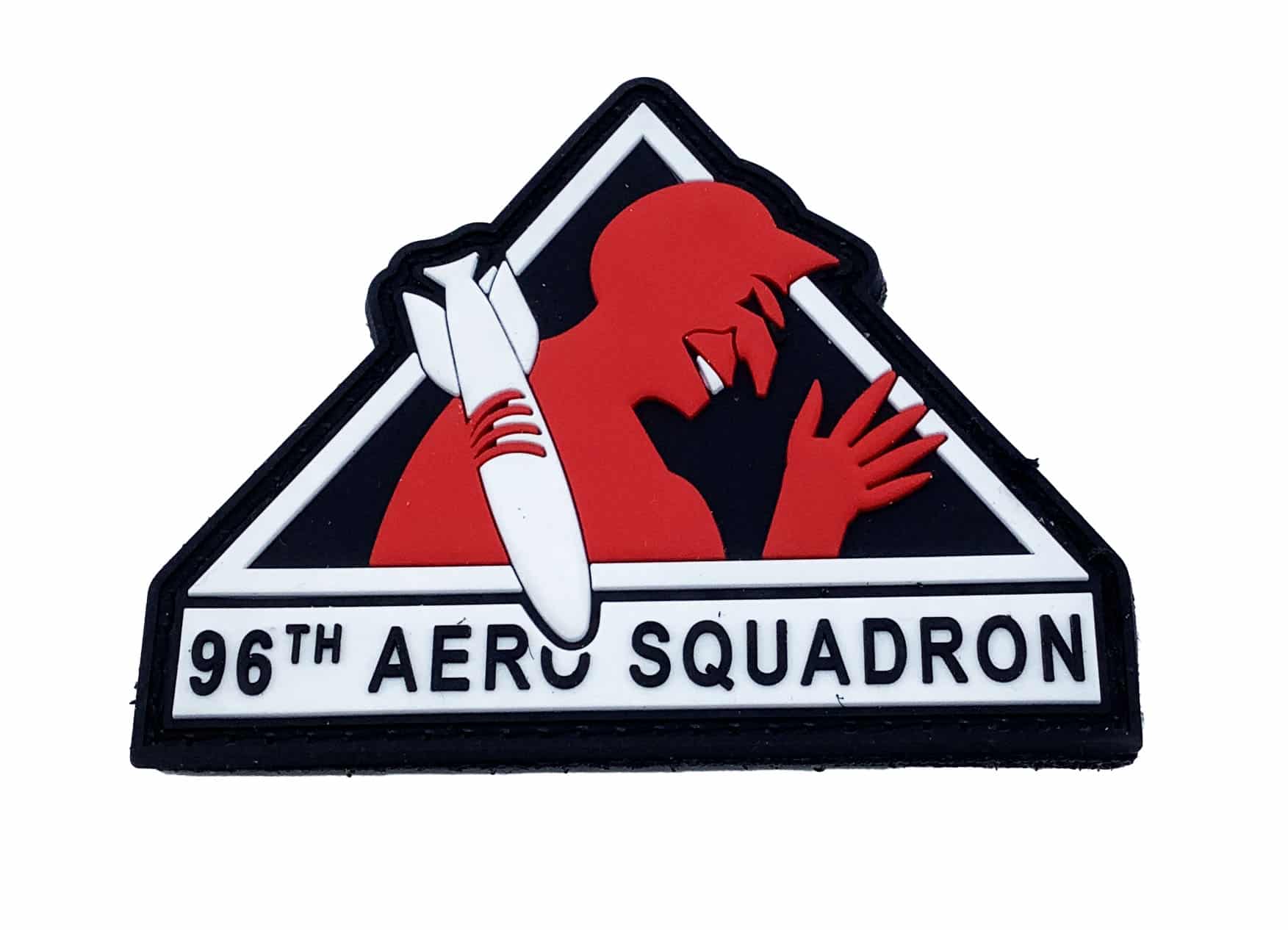
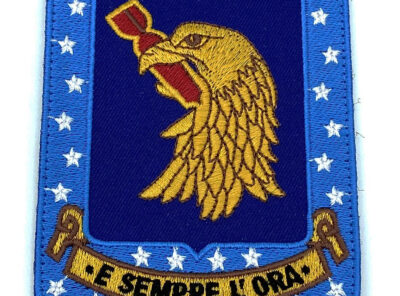
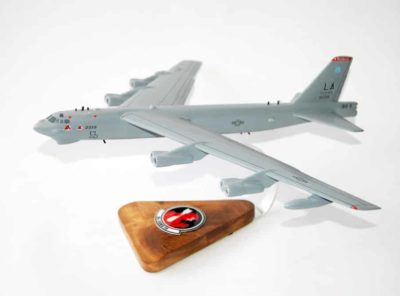
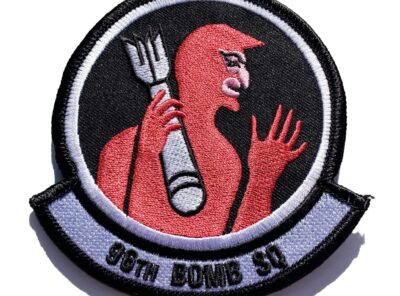
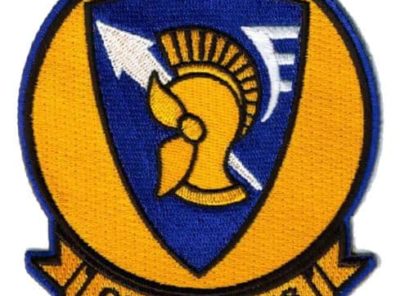
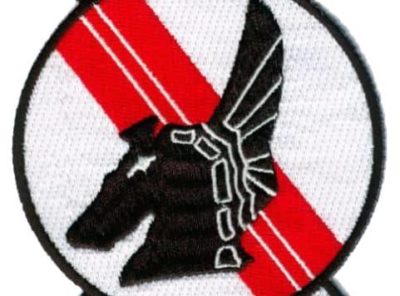
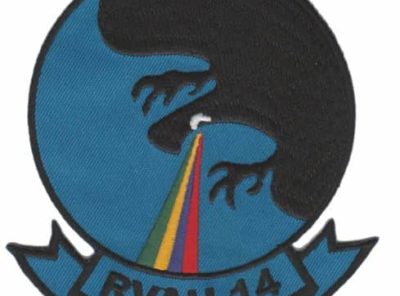
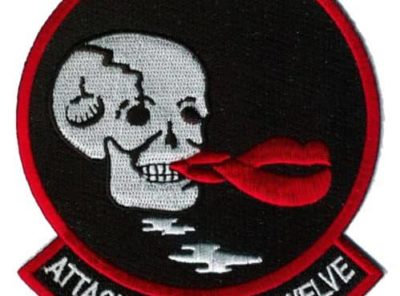
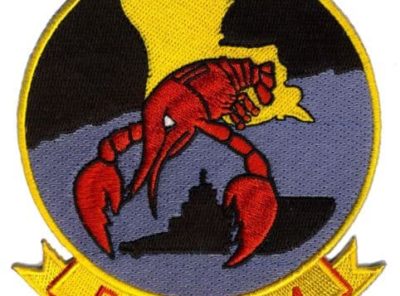
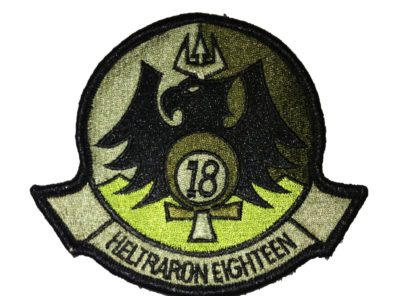
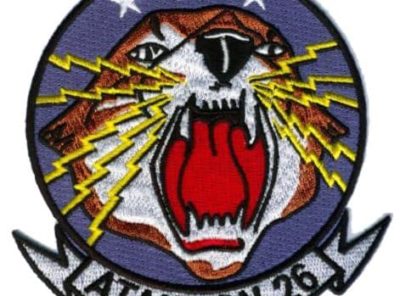
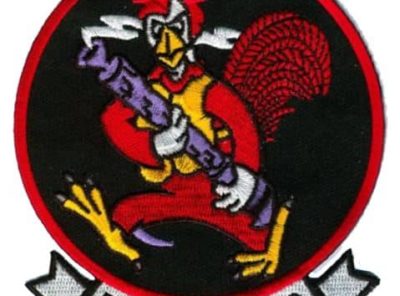
Reviews
There are no reviews yet.